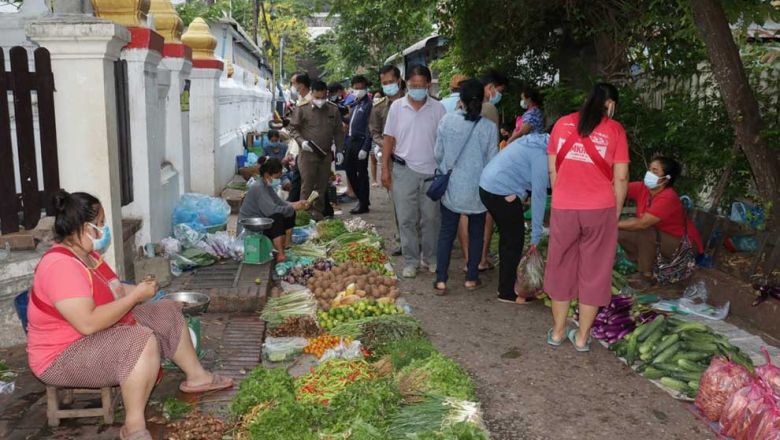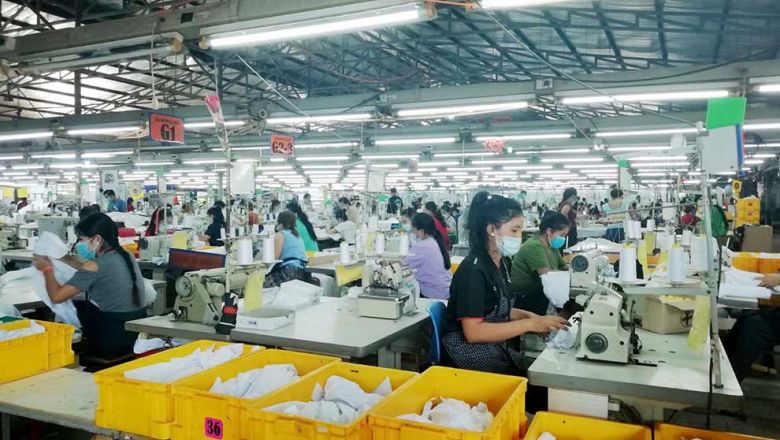Luang Prabang silk makers register copyright
Luang Prabang silk makers register copyright
Many silk and textile makers in Luang Prabang province have registered copyright over their designs with their products continuing to prove popular in local markets and attracted the eye of foreigners.
Silk and textiles are the main handicraft products on sale at the night market in Luang Prabang, according to the Luang Prabang provincial Trade and Product Promotion section.
Currently, there are many registered copyrights held by the provincial Science and Technology Department to protect designs and preserve the wonderful traditions of communities, the section Head, Mr Sisomphone Phatsanouvong told Vientiane Times yesterday.
Each year, hundreds of thousands of domestic and foreign visitors make their way to the World Heritage listed city of Luang Prabang for a relaxing holiday.
Many of them buy silk and other handicraft products to take back home as gifts and souvenirs, while some are wholesaled direct to partners in Vientiane and foreign markets, he said.
So, to protect their designs and original products they have to register copyright in order to promote Luang Prabang silk and textile products on the international market.
Weavers can also take legal action against others who copy their designs without permission.
Silk and textiles are also the One District One Product of Luang Prabang which visitors always see at trade fairs, Mr Sisomphone said.
Luang Prabang's textile products generate income for local people especially silk producers, also creating job opportunities.
However, silk and textile producer groups currently face a major challenge regarding raw materials, with the silk fibre used in the province imported from neighbouring countries due to only some areas being able to grow mulberry trees to host silk worms.
Nevertheless, silk products are in high demand on both the domestic and foreign markets.
Countries in Asia and Europe were interested in buying silk from Laos even though the price is high, but there is not enough supply to meet market demand, according to the Lao Handicrafts Association.
If Laos can preserve its traditional silk and textile products, it will contribute to socio-economic development, especially in the tourism industry, and create job opportunities for local people.

















